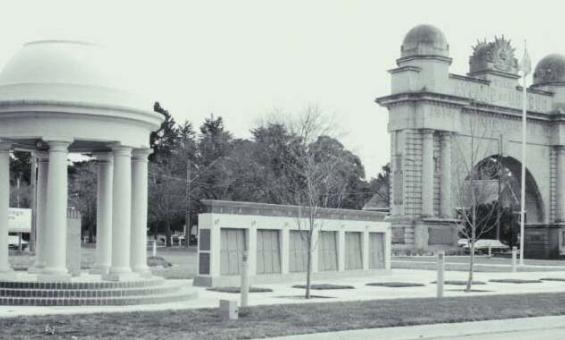Digital Classroom
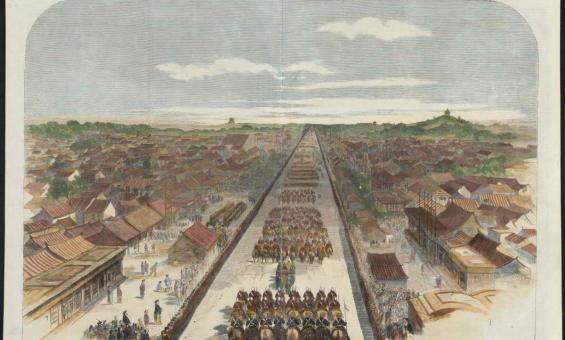
(1861). The Earl of Elgin's entrance into Pekin on the 24th of October last to sign the Treaty of Peace between Great Britain and China / sketched by our special artist from the An-Tin Gate (Gate of Peace) of the Tartar Quarter. nla.gov.au/nla.obj-128383685
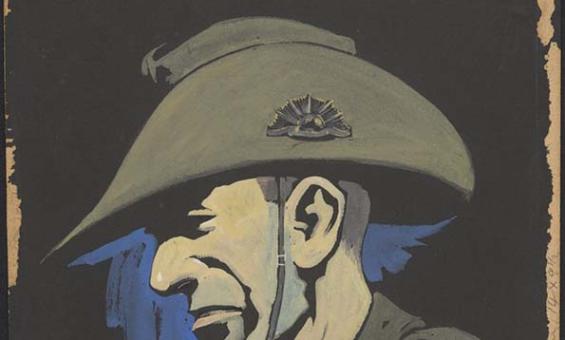
Frank Dunne and Smith's Weekly, Portrait of ANZAC soldier for Smith's Weekly, between 1919 and 1937, nla.gov.au/nla.obj-452465819
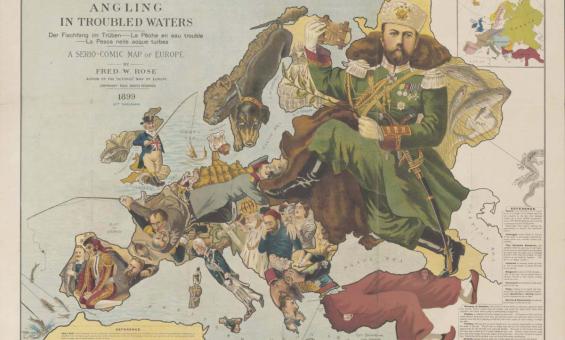
Rose, Fred. W. (Frederick W.) & Hewardine, Matt & G.W. Bacon & Co. (1899). Angling in troubled waters = Der Fischfang im Trüben = La pêche en eau trouble = La pesca nelle acque turbes : a serio-comic map of Europe / by Fred. W. Rose, author of the "octopus" map of Europe ; Matt. Hewardine, from design by Fred. W. Rose. nla.gov.au/nla.obj-232519231
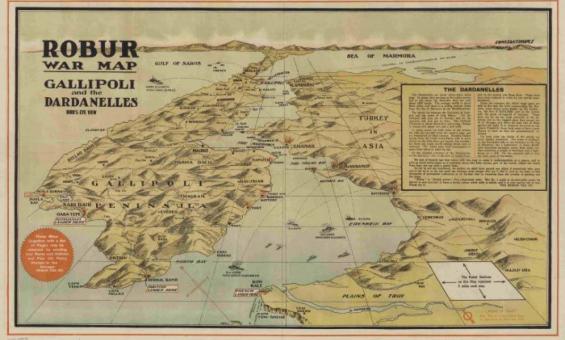
Farrow Falcon Press, issuing body & Dillon, Cyril. (1915). Robur tea war map, Turkish Empire ; Robur war map, Gallipoli and the Dardanelles : bird's eye view, nla.gov.au/nla.obj-2972839934
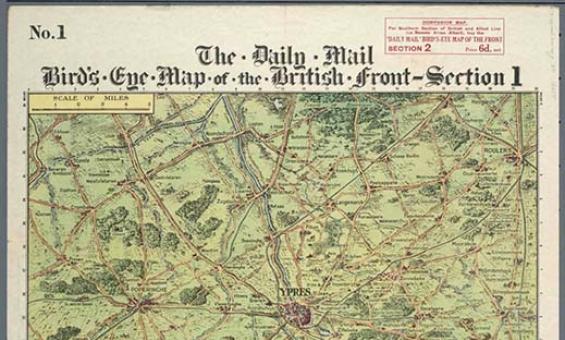
Daily Mail (London, England). (1916). The Daily Mail bird's eye map of the British front [cartographic material]. nla.gov.au/nla.obj-230052264
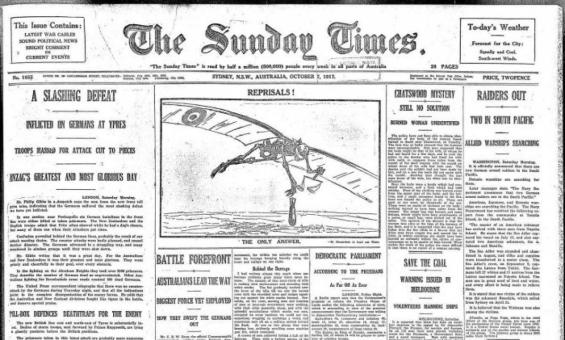
(1917, October 7). Sunday Times (Sydney, NSW : 1895 - 1930), p. 1. nla.gov.au/nla.news-page13215182
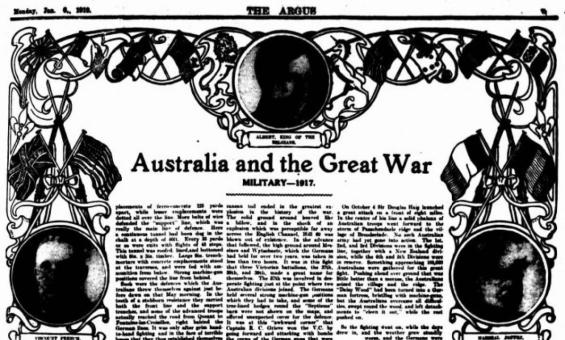
(1919, January 6). The Argus (Melbourne, Vic. : 1848 - 1957), p. 5 (The Argus War Review). nla.gov.au/nla.news-page402797
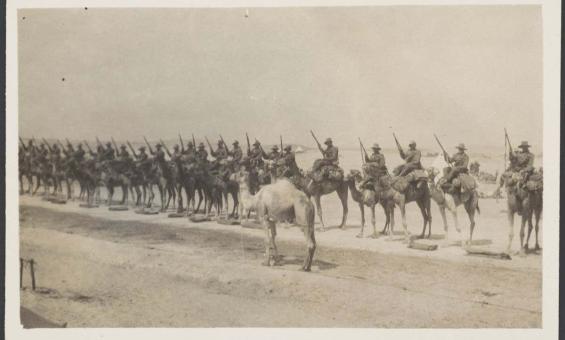
(1917). Imperial Camel Corps in Palestine, 1917-1918. nla.gov.au/nla.obj-153422443
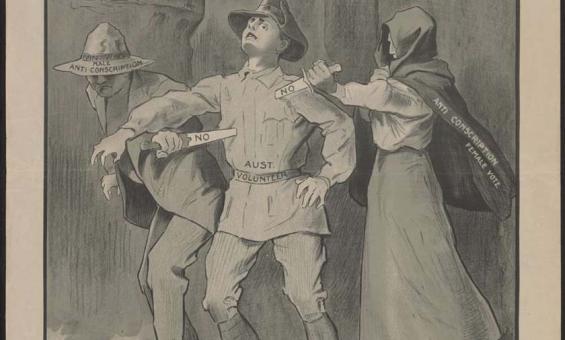
G. H. Dancey, (1916), The crime of those who vote "No!", nla.gov.au/nla.obj-136421813
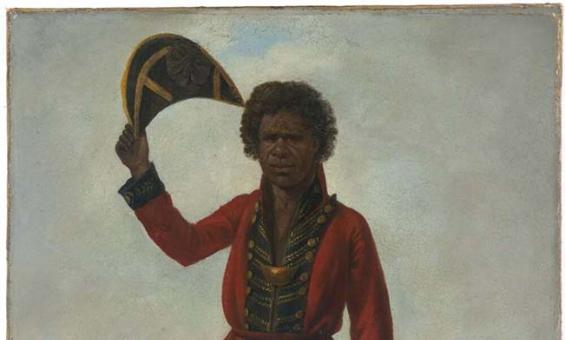
Earle, Augustus, 1793-1838. (1826). Portrait of Bungaree, a native of New South Wales, with Fort Macquarie, Sydney Harbour, in background [picture] / [Augustus Earle]. nla.gov.au/nla.obj-134114940
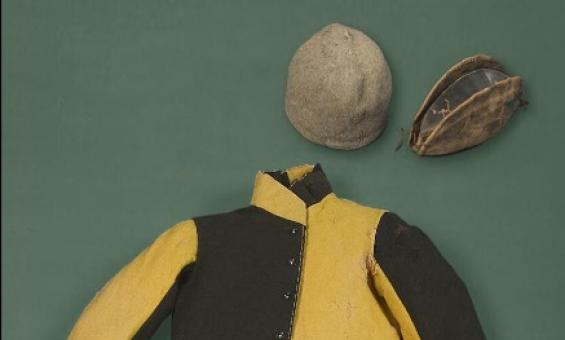
Convict uniform and two caps between 1830 and 1849, nla.gov.au/nla.obj-139411772
A secondary punishment uniform from the transportation era, coloured to distinguish continuing offenders. Hand stitched. From Van Diemens Land.
